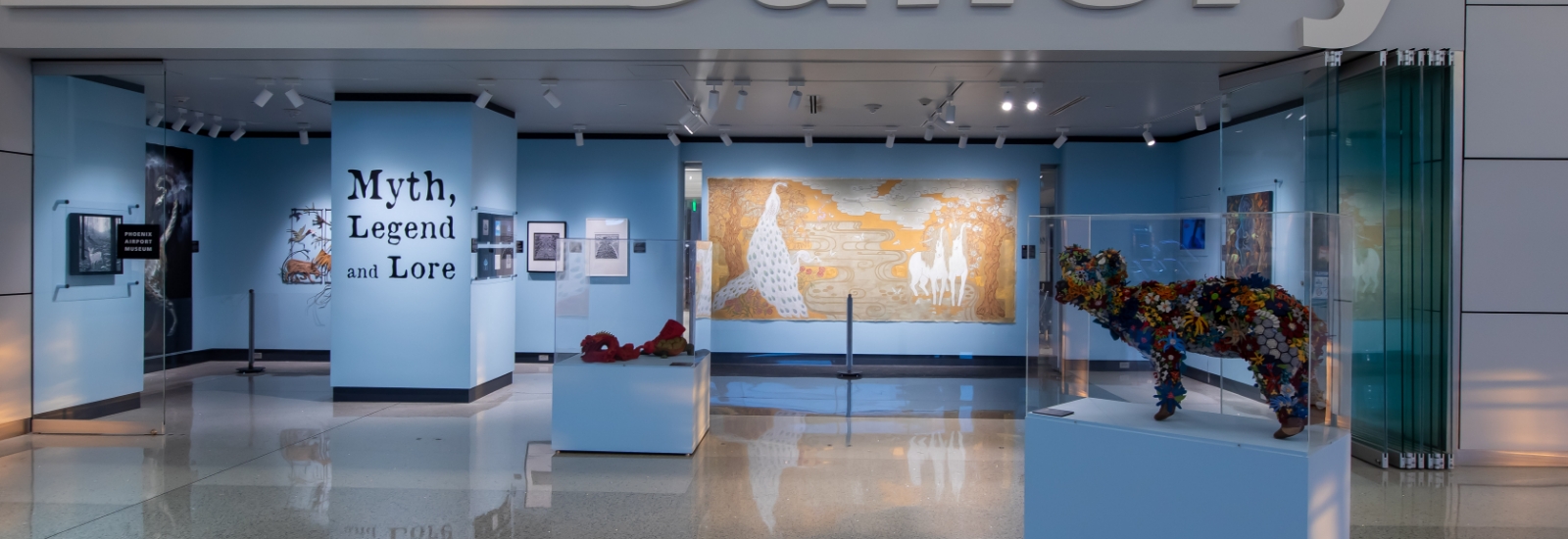Terminal 4 Museum Exhibitions
Terminal 4 Exhibitions
Time and Place: Paintings by Martin Dimitrov
Through August 2026
Location
- Terminal 4, level 3, in eight display cases on the east and west ends
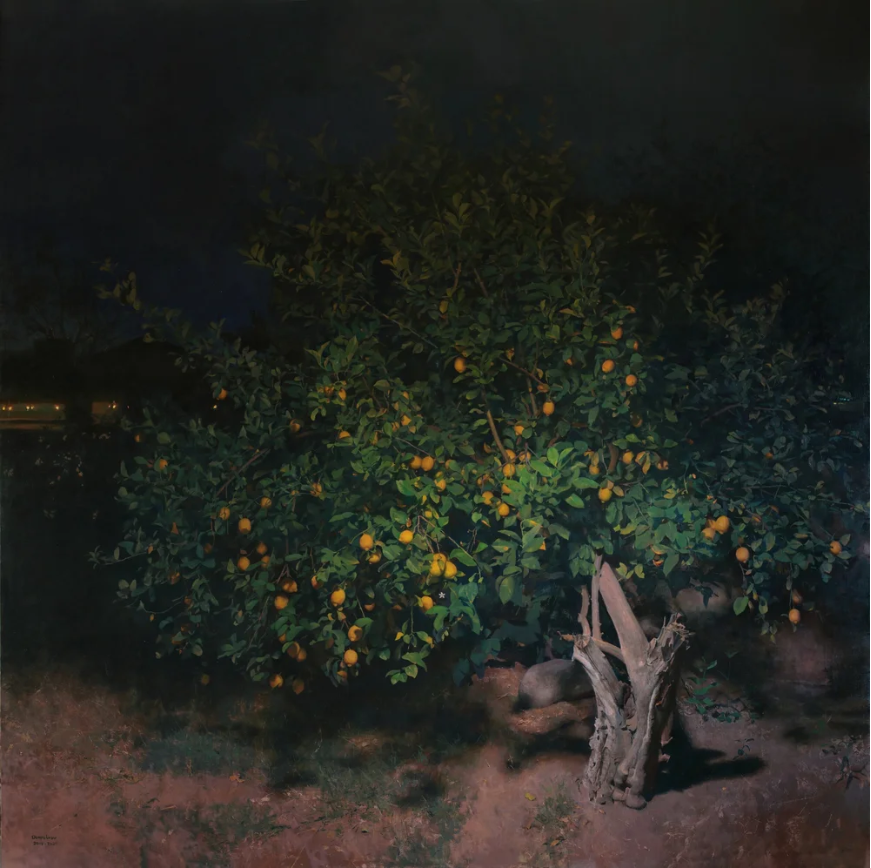
Arizona artist Martin Dimitrov studies light, color and the unfolding of time through the act of painting. By revisiting familiar sites — often his own backyard — he documents the gradual changes that take place over days, weeks and years.
Dimitrov paints directly from life rather than from photographs. Bringing the canvas outdoors, usually at night, he embraces the environment as both subject and studio. Many of the works took several years to complete, over which time the subject itself changed. Whether working on a large canvas or a set of smaller panels, each composition becomes an immersive experience.
As day becomes night, shadows emerge, colors fade and edges soften. These paintings document the subtle transitions in subject and light, creating a visible record of Time and Place.
Martin Dimitrov, Portrait of a Lemon Tree, © 2019 - 2022, oil painting on canvas, 90” x 90”, courtesy of artist
From Farm Field to Airfield
Through January 2026
Location
- Terminal 4, level 3 west of food court

The age-old pursuit for human flight was achieved in 1903 with the Wright Brothers successful flight at Kitty Hawk, North Carolina. The ensuing decades of the early 20th century brought the possibility of commercial aviation to millions as flight transformed from a solitary pursuit of exploration and adventure into a new means of public transportation. Commercial aviation, a fusion of three main elements – airplanes, airlines and airports forever redefined the urban centers of the world.
The story of Phoenix Sky Harbor International Airport began humbly like many new “Air Ports” of the day – In 1928 on a 278-acre cotton field just 4 miles east of downtown Phoenix. Through a continuous succession of expansion and improvement projects, the “farm” as Sky Harbor was known grew into one of the busiest airports in the world that now covers 3,400 acres.
While flight is the focus, aviation always begins on the ground. Each day, Phoenix Sky Harbor, America’s Friendliest Airport®, serves more than 130,000 passengers with over 1,000 flights and 1,000 tons of cargo handled and provides $121.5 million in economic impact. However, the professional, social and cultural impact Phoenix Sky Harbor has on the lives of the people who pass through it is incalculable. More than any other human-built environment, one can look back and appreciate the continuous reinvention airports have undergone in response to the demands made on them by the diverse communities they serve.
In 2025, the City of Phoenix celebrates the 90th anniversary of its purchase of Sky Harbor Airport in 1935. The story of something as expansive and dynamic as a major international airport is best shared visually. Images and objects from the Phoenix Airport Museum’s History and Art collection highlight significant milestones in the Airport’s development, provide context for the present and vision of the future – showcasing how Sky Harbor evolved from Farm Field to Airfield.
To accompany the exhibition, a new interactive, digital “story map” combining historic images, aerial maps and other multimedia related to Sky Harbor’s 90th anniversary recently launched. The activity can be accessed through a QR code while visiting the exhibition in Terminal 4 on level 3 near the food court. For those who don’t live in Arizona or aren’t able to view the exhibition in person, the story map can be accessed here.
Image caption: Phoenix Mayor Milton Graham presents an orchid corsage to Mrs. Vern Cooper, Sky Harbor’s 10 millionth passenger on July 19, 1967, Phoenix Airport Museum Aviation History Collection
Runway Fashion
Through February 2026
Location
- Terminal 4, level 2 near ticketing
For more than 90 years, female passenger-service professionals — known as stewardesses, hostesses or flight attendants — have worn distinctive uniforms to reflect their specialized roles. Their attire balanced the glamour of air travel with utility, especially during the “Jet Age,” while also aligning with airline branding and fashion trends of the era. These sometimes-conflicting demands presented apparel designers with remarkable challenges.
 Starting in the mid-1940s, airlines began commissioning notable fashion designers to create stylish yet functional uniforms, leading to iconic inflight workwear through the 1970s and beyond. Many of these collections became widely admired, influencing mainstream fashion and earning a place on both the catwalk and the jetway.
Starting in the mid-1940s, airlines began commissioning notable fashion designers to create stylish yet functional uniforms, leading to iconic inflight workwear through the 1970s and beyond. Many of these collections became widely admired, influencing mainstream fashion and earning a place on both the catwalk and the jetway.
This exhibition features eight flight attendant uniforms from the Phoenix Airport Museum Aviation History Collection. With designs by renowned fashion houses like Valentino and Ralph Lauren, each unique uniform represents the golden age of air travel, showcasing the elegance of Runway Fashion.
Image caption: Sleeve detail of America West Airlines flight attendant uniform designed by Carol Ann Brown, 1983, Phoenix Airport Museum Aviation History Collection
Diversity in the Desert
Expanding the Airport’s Art Collection
Through October 2025
Location
-
Terminal 4, level 3, gallery
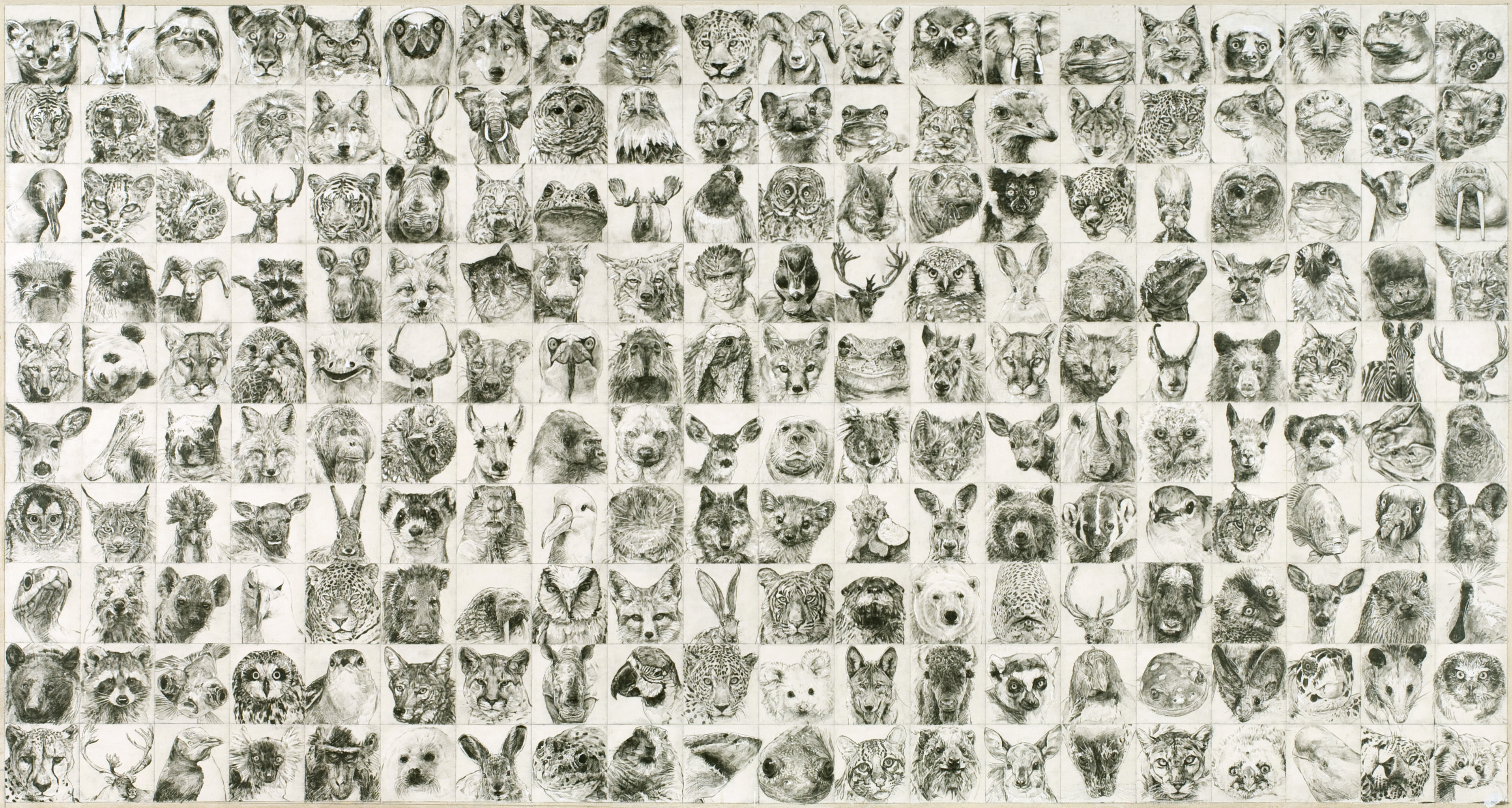
Featured Artists
Tania Bolin
Carol Eckert
Mayme Kratz
Carolyn Lavender
Aryana Londir
Monica Aissa Martinez
Kathryn Maxwell
Mary Meyer
Aaron Rothman
Mary Shindell
Kaori Takamura
Jeremy Thomas
Clare Verstegen
Teresa Villegas
Jim Waid
Image caption: Carolyn Lavender, Portrait, 2011, graphite and gouache on canvas
Overview
As Sky Harbor grows, so does its vast art collection. It all began in 1962 with one massive 75’-foot-wide mural at Terminal 2 and the airport’s collection has continued growing ever since. The designs of Terminals 3 and 4 incorporated spaces for art with large-scale paintings and sculptures as well as architecturally integrated works.
The Phoenix Airport Museum began in 1988 to enhance the guest experience by producing exhibitions throughout Sky Harbor and maintaining the ever-increasing art collection. Today, the collection includes more than 1,000 pieces in all mediums, styles and sizes.
On view for the first time are 40 newly acquired artworks in a wide variety of styles and techniques ranging from colorful abstracts to realistic portraiture to Southwest themes. These new additions to the airport's collection were purchased through the city of Phoenix’s percent for art program.
Contemporary Arizona artists created art in various mediums using traditional and unconventional materials including cactus spines, bones, glass and metal. Enjoy these paintings, drawings, sculptures, prints and fiber works showcasing Arizona’s rich art and culture representing Diversity in the Desert.
Trajectory Print Portfolio Project
Ongoing
Location
- Terminal 4, level 3, near the center
Overview
Phoenix Institute of Contemporary Art (phICA) is a nonprofit organization with a goal of helping artists advance their careers. Through phICA’s financial support, initiatives and opportunities, artists expand their reach and knowledge.
This exhibition presents a diverse array of artworks resulting from phICA’s Trajectory Print Portfolio Project. Arizona artists applied for the opportunity to enhance their artistic skills by experiencing printmaking. For many of these artists, this is new territory as they typically work in mediums like painting, drawing or sculpture.
These 12 local artists, using the technique of relief printing, worked with Master Printer Brent Bond at Santo Press in Scottsdale, AZ. Relief printing is a process where the artist carves their design into a block of wood, linoleum or some other material's surface. The image is transferred from the raised surface onto paper by running the fully inked block and paper through a printing press.
This compelling collection showcases these artists’ existing creative practices enhanced with newfound techniques offered by printmaking. It is a beautiful snapshot of the richness and diversity of skilled artists at work in our local community and is testament to phICA’s dedication to support artists, their vision and artistic Trajectory.
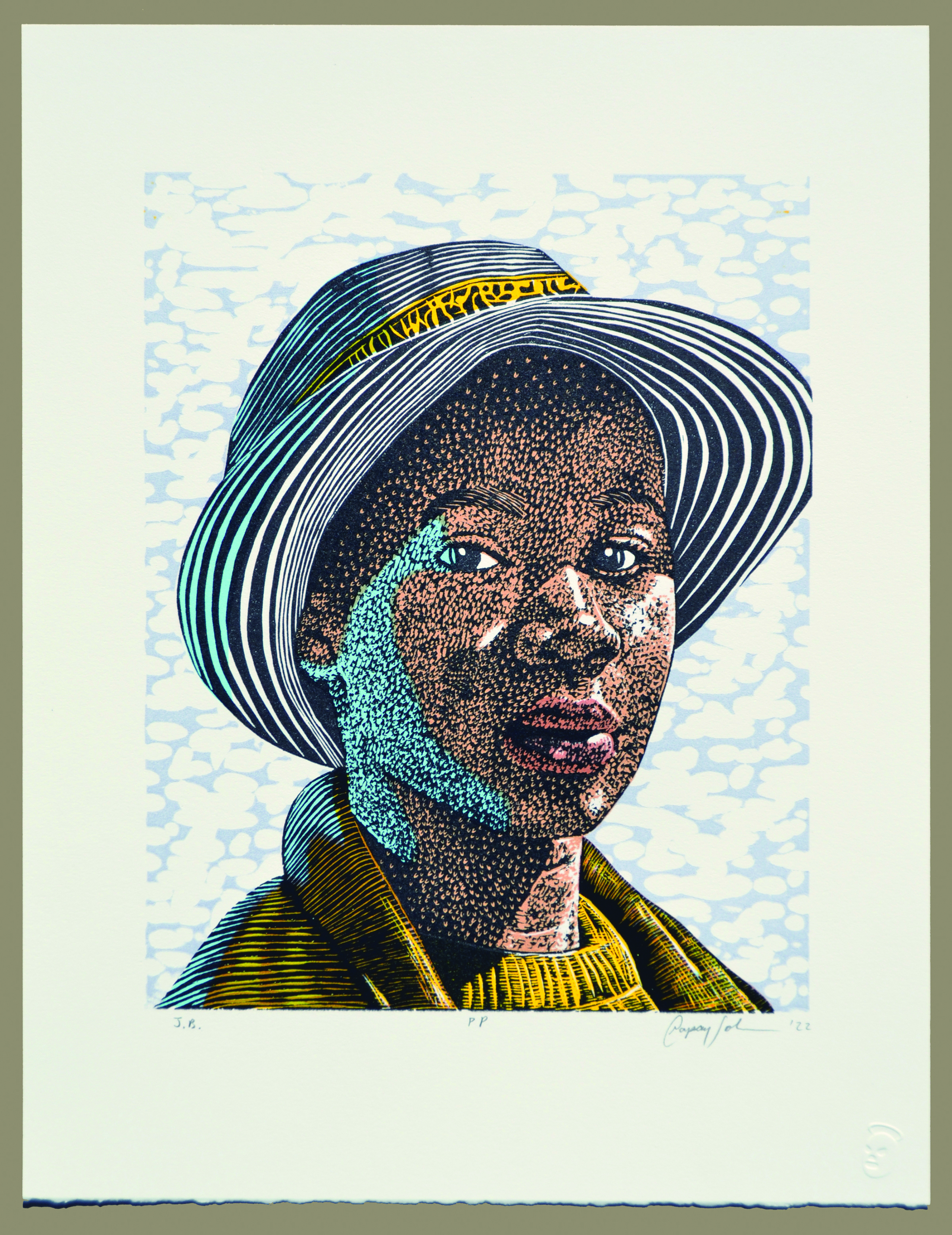
Papay Solomon, J.B., ©2021, hand-cut key image from PVC sheet and multi-block hand-cut linoleum, 17.75 x 14.5”, Phoenix Airport Museum collection
Form Over Function: Ceramics from the Phoenix Airport Museum's Collection
Ongoing
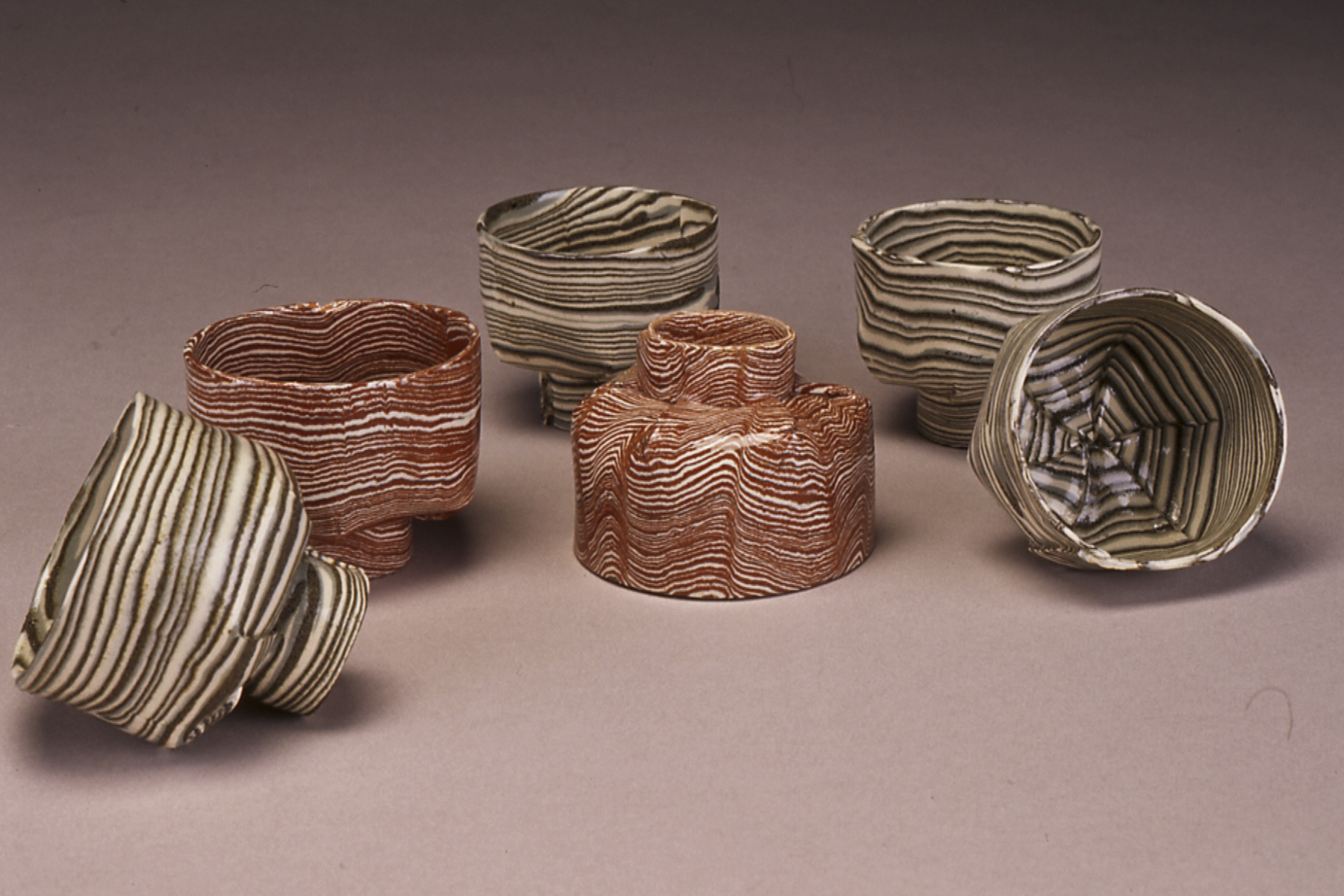
Location
- Terminal 4, level 3 near center
Overview
Ceramic artists sometimes create containers that are more about aesthetics rather than their use. They may design pots, bowls, cups and vases that challenge conventional form, either by deviating from a traditional shape or defying utility altogether. As art objects, their vessels draw upon the expressive nature of sculpture.
This exhibition features ten artists who have taken a unique approach to functional objects. While some artists shape or carve clay to emphasize texture, others create cups with fractures and vases with small openings that would otherwise make an impractical object. These artists contribute to the enduring legacy of the vessel, but they are transcending tradition to favor Form Over Function.
Featured Artists
Anitra Watley Allen
Sharon Brush
Victor Curran
Anne Goldman
Maurice Grossman
Michael Prepsky
Don Reitz
Patricia Sannit
Junya Shao
Greg Wenz
Image caption: Anitra Watley Allen, Guinomi: Sake Cups, 1997, glazed earthenware and porcelain, Phoenix Airport Museum Collection
100 Years, 100 Ranchers
Photographs by Scott Baxter
Ongoing
Location
- Terminal 4, level 1, international walkway (post-security)
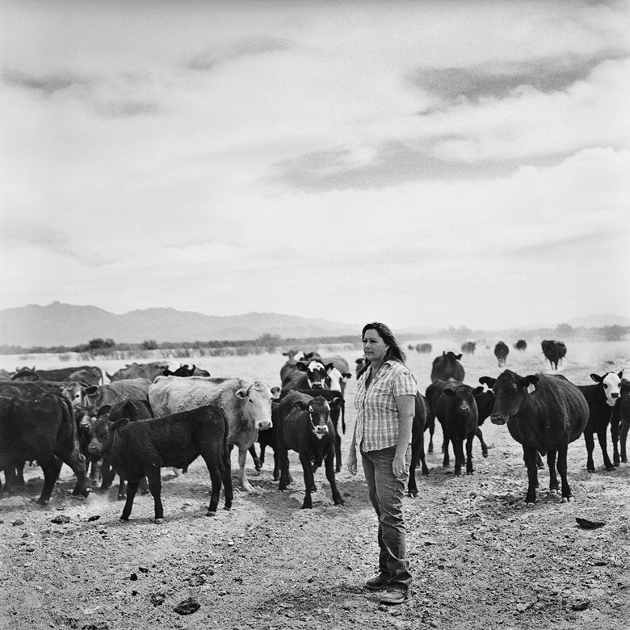
Overview
Wide open landscapes dotted with grazing cattle and sheep herded by the rancher on horseback have become an iconic symbol of our western culture. For more than 100 years the ranching tradition has been an integral part of Arizona’s history and growth. In celebration of Arizona’s Centennial in 2012, Scott Baxter photographed 100 Arizona ranchers whose families have been ranching for a century or more.
For more than ten years Baxter has been traveling to ranches across the state, getting to know the individual ranchers and their operations. He chose to use large-format cameras, a traditional process which takes time and allowed him to engage his subjects in a personal manner. Using black and white film Baxter captures a sense of timelessness and directs the viewer’s full attention to the subject in the frame.
The strength and independent nature of this unique group of Arizonans is apparent in their portraits. Baxter’s collection of photographs is a tribute to Arizona’s ranching legacy by preserving an important piece of Arizona character and history.
Image caption: Scott Baxter, Shannon Marie Nicholson Bales, 2011, Corporal Stripe Ranch, Cochise County near Willcox, AZ ranching family since 1885, Phoenix Airport Museum Collection

